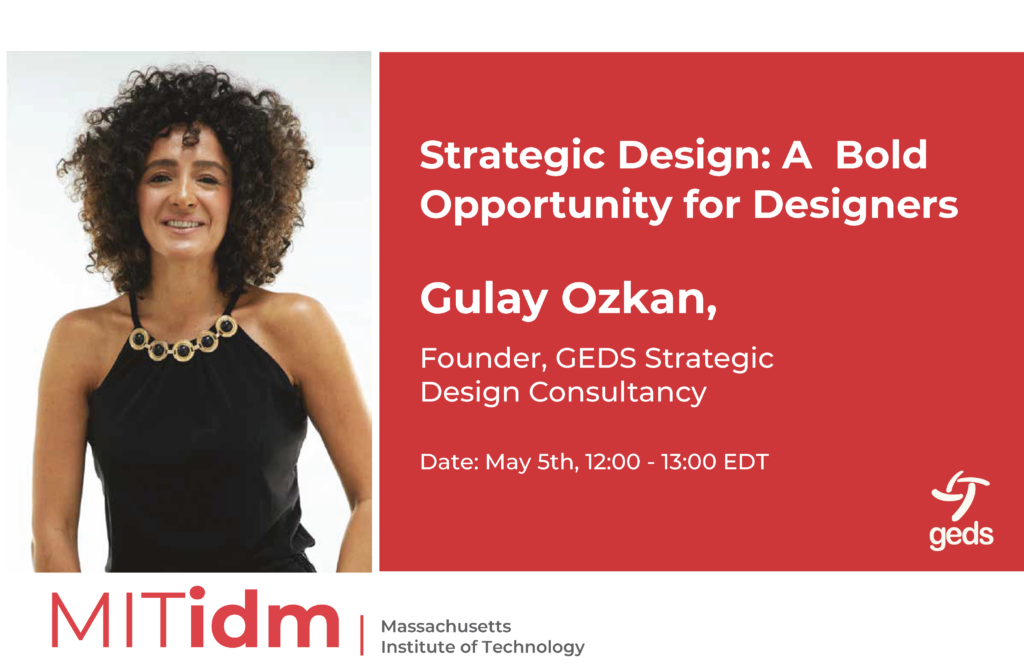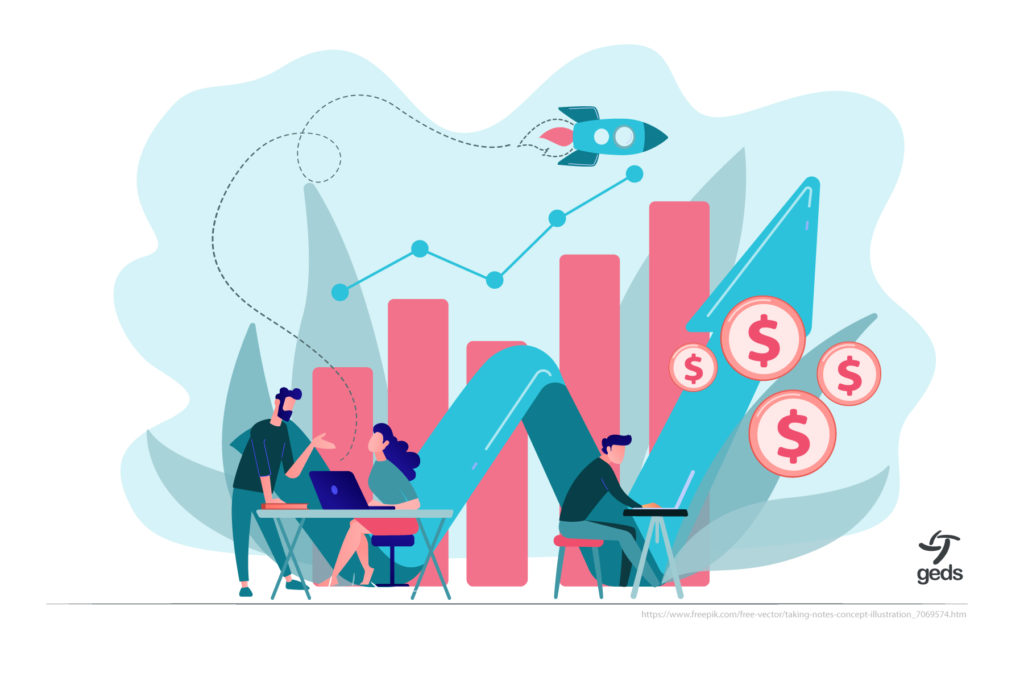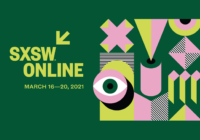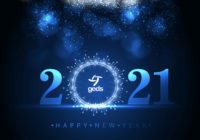Creativity is mostly associated with freelancing, startups, and fluid environments. Whereas in multi-million dollar projects, businesses, there have to be measurable targets and strict project management rules to follow up the work in detail. In this context, can creative agencies become part of the management of large-scale projects?
Our answer is yes. As GEDS, a strategic design consultancy firm, having a leadership role in MATUROLIFE, a multi-million euro project funded by the European Commission, we wanted to share our experience to encourage and empower creatives to go bold, to go after leadership roles at multimillion-dollar projects.
With this aim, we invited MATUROLUFE project manager Narinder Bains to share his insights on working with creatives and how creatives can join and perform successfully in large-scale projects. Together with Gulay Ozkan, GEDS founder, we looked at the trends to see if there’s an open space for more people with creative backgrounds in these large-scale projects.
This conversation was held at the Clubhouse as the first event of a dialogue series, Horizon2020 MATUROLIFE marketing events. The event is moderated by Melek Pulatkonak who is a senior community builder and also an international event curator. She has supported GEDS with curating the MATUROLIFE marketing events together with Onur Tahmaz.
To give a short background on MATUROLIFE: The project objective is to put creative and artistic design at the heart of the innovation journey to develop fashionable smart solutions (Smart footwear, sofa, and clothing) for older people. These products’ purpose is to increase the quality of life, well-being, and independence for older people.
This ambitious project brings together 20 partners: 11 SMEs from 9 EU countries to work for 36-month on a 6-million-euro project. SMEs with scientists working on cutting-edge advances in electrochemistry and nanotechnology. The project is lead by Coventry University and funded by the European Commission Horizon2020 program.
Narinder Bains is the project manager of the MATUROLIFE project. He works at Coventry University which is the coordinator of this exciting and challenging project. He has been at the university for 10 years working on large-scale projects. The university has been very successful in securing and managing nationally and internationally large-scale projects.
GEDS is the lead design company on the MATUROLIFE project and led several design teams including the teams in the UK, Spain, Slovenia, and Italy to research specific needs of older people to design a product specifically for them, to have a vaster impact.
Here are our notes from the conversation:
The dynamics, challenges, and advantages of large-scale projects such as the 6-million-euro project across many countries, different stakeholders, long term goals.
Narinder Bains: The nature of these projects like MATUROLIFE is funded by the European Commission. By nature, the European Commission as a funding body sets out topics for these challenges. And participants look at how they can identify and align projects, ideas, concepts with priorities of the European Commission. To secure funding for large-scale projects has to involve a wide range of cooperation of stakeholders. Stakeholders have to be multi-disciplinary, multicultural with a diverse range of skill sets that seek to develop a product. The product has to be of value to the funders and the community about 26 nations are involved. The correct partnering decision is going to maximize the potential for project succession and opportunity to deliver impact and real benefits to society. A challenge in a long-term project is the duration – around 3 to 5 years that includes managing significant budgets and large consortiums as well. Anything from up to 30 partners can be involved in a project from more than three countries with long-term goals for the community. It encourages to think about 10 years down the line, what impact those projects are going to have.
The differences between working for a short time project that has a few months duration with fast deliverables and a project that has been over three years with many stakeholders.
Gulay Ozkan: The experience varies drastically. In small-scale projects, the pace is fast and the vision is short-term, mostly result-oriented, whereas in large-scale projects the pace is slow due to partners have different priorities and pace. And it requires developing a long-term vision and long-term targets to stay on track. Also, an important part of large-scale projects is to align partners for the successful completion of the project that requires more time and repetition. Also, such projects require management and financial skills in a team to be able to manage the requirements and constraints of the project.
Challenges and benefits of working with creative people as a project manager.
Narinder Bains: The key challenges between different disciplines are mindset and approach. People from academia and traditional engineering discipline have more preconceived ideas and concepts with a focus on manufacturing as creative people have a more fluid rapid and dynamic approach to the concept’s development. Firstly, the collaborators have to match mindsets, so that all teams can work together in a well-understood cohesive, and aligned approach to achieving defined goals. The benefits of having a creative team on board are huge. The traditional disciplines have a preconceived idea and they don’t necessarily align very well with the user needs. If we look at the user-based products, designed in the MATUROLIFE project. When you exclude the user from the product development there is a risk of low uptake due to not be designed towards a specific target group and solving real needs with the functions of the product. Including creative people allows creating desirable fashionable products. Also, it is hugely beneficial to timeframes. The project timeline can be cut in twice by incorporating the creative team in the early stage of the process. Including user interaction in each step of the product development to illuminate any flaws by learning about the user. Such tools like user scenarios help to develop a successful product with real user requirements.
Suggestions on how to join a large-scale project.
Narinder Bains: It is a difficult process, especially if it is your first time applying to the European Commission. The success rate is low. However, some suggestions can increase the chance of completion. The project has to have clearly defined targets that are realistic and realizable to achieve. The project has to deliver a significant impact that will weigh very well in the eyes of the evaluators and having a well-organized, structured program to deliver the results. The proposal is a 70-page document of content that has to be done professionally. Altogether, having the right team and partners will help you in the processes and increase the chances. High impact and well-organized documents are key.
Priority areas within horizon Europe.
Narinder Bains: Such projects as Green Deal, which is linked to climate change. And also, delivering net-zero targets the key is to look at the priority areas within horizon Europe. The key to be chosen is to deliver a real impact and to deliver it in a well-managed process. The right team can set all those pieces together like a jigsaw puzzle. Once the pieces are together, and it makes sense and the results are measurable, there’s a high chance of being chosen.
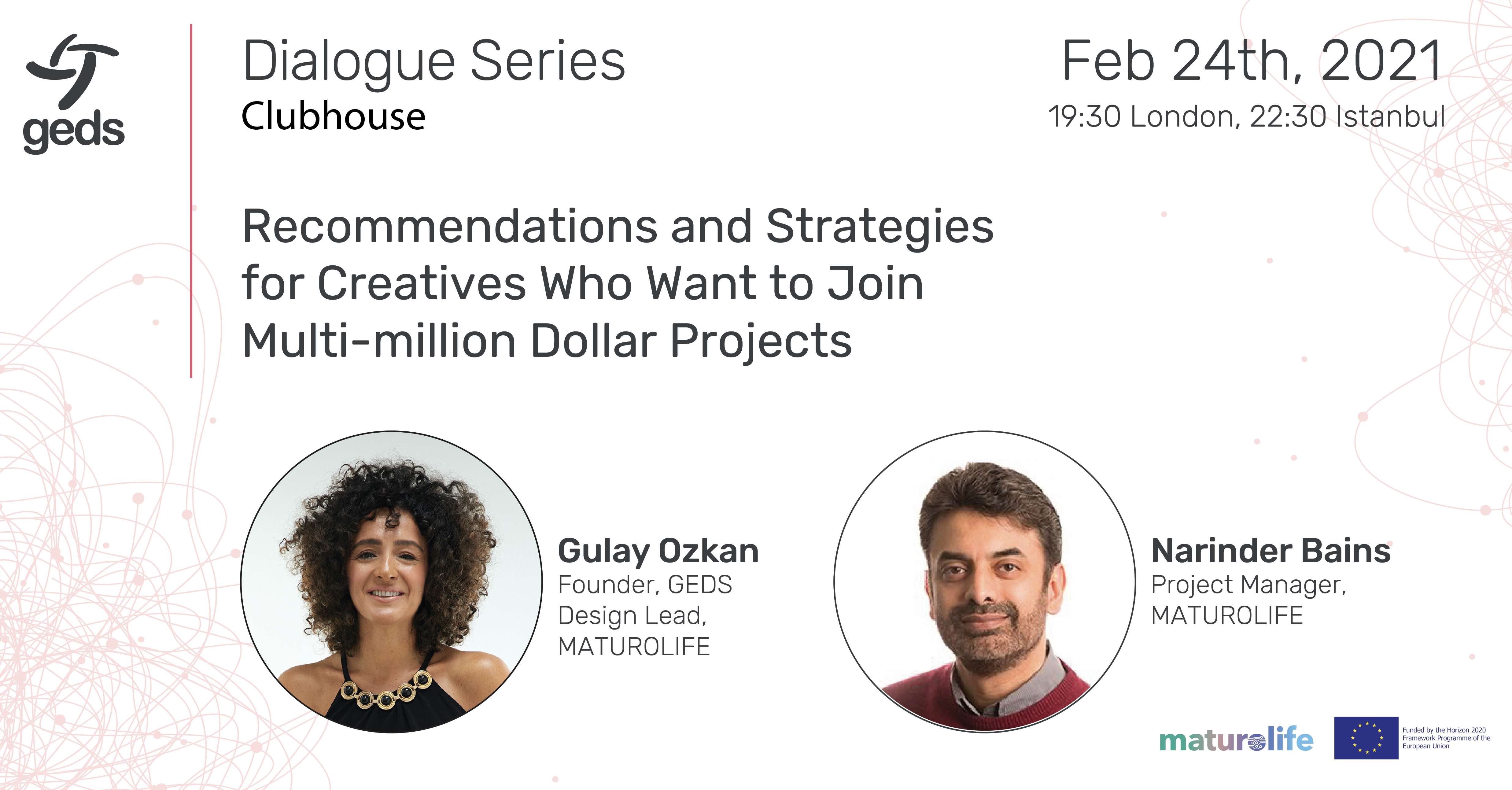
Suggestions on how to join a large-scale project.
Gulay Ozkan: We have been invited to the project by Coventry University in 2017 at the proposal stage. They found us with our track records in Europe as GEDS was shortlisted by the Design Council in the Design for Europe expert panel due to our design-driven innovation cases
To be chosen as a partner for this type of project, you should have international projects in your portfolio. A good track record, being visible is important for anyone who wants to be a part of such projects. I should also mention that Coventry University is very experienced with large-scale project management. Therefore, we were also lucky that we partnered with them. This has increased our chance of winning.
Long term projects and a different mindset
Narinder Bains: To achieve success over the long term the focus should be on the result. Creative industries increase the chance of realizing those goals not only short term but also in the longer term. Because both products or services are going to produce a real impact and have real benefits to society in the long run. The first part of creating a world program should start with co-creational design aspects at the forefront as it will provide needed information to deliver the solutions that going to impact people correctly. To design with the user for the user, this approach needs to be led by creatives and implemented into multi sectors to have a successful project completion.
What creative companies can learn from such a big project as MATUROLIFE?
Gulay Ozkan: Leadership style is quite different in Europe than in the US. Working in the MATUROLIFE project was a great chance to learn about collective decision-making, perspectives, and also dynamics in Europe. Also, having a hybrid working environment before the pandemic even started. And scaling workflow and project management remotely by using design tools. It helped us stay on track with the regular activities even through the pandemic. Even the complexity of aligning diverse teams provided an opportunity to create new tools and come up with new innovative ways to align partners’ communication. As well as running user research in nine countries was a successful challenge and a great experience that we are proud of.
Narinder Bains: In multi-million-dollar, structured projects creative agencies can have leading roles. It’s possible if you get the right mindset, the right partners, and having international experience working with other companies. And there’s a lot of room for design to lead, make the products and the process much better. As we learned the real challenges and the dynamics of large-scale projects particularly within the European context is unity and it’s a diverse range of countries, nations, cultures, individuals that come to work together for a common goal. The key is to work together in unity for common aspirations. There are huge benefits to be gained from and to be on a road to succession.
If you have questions or comments you can contact with us.
